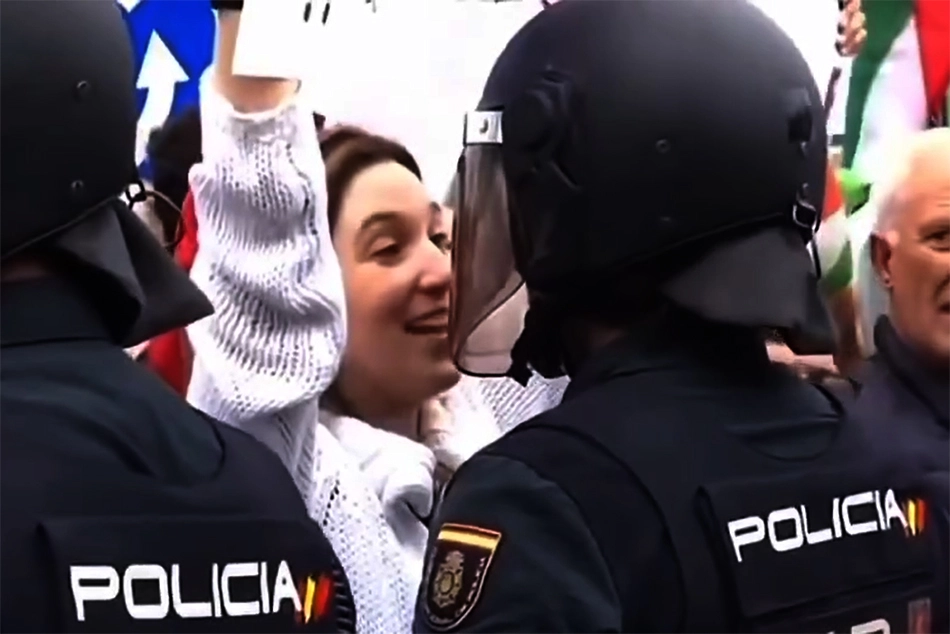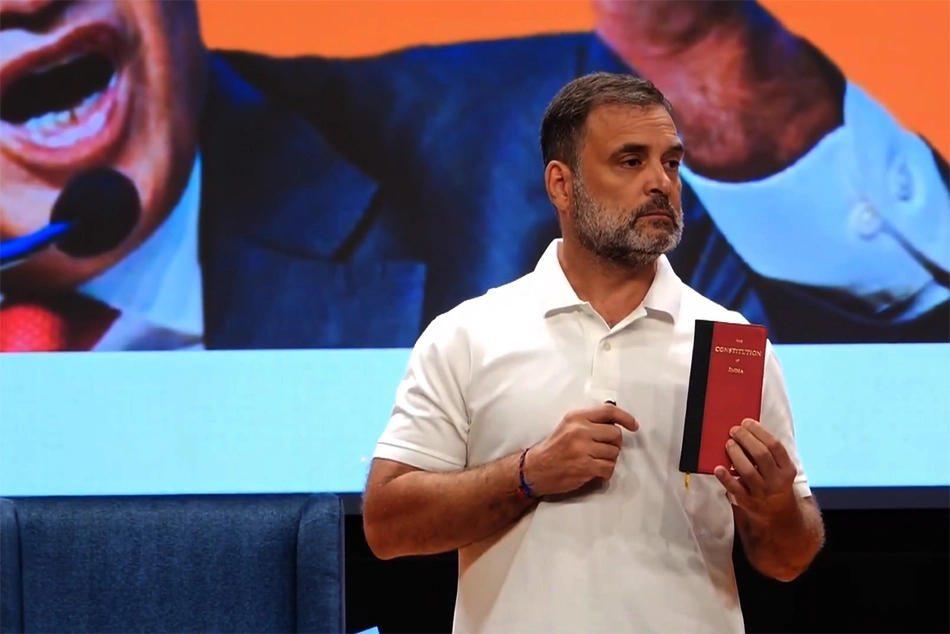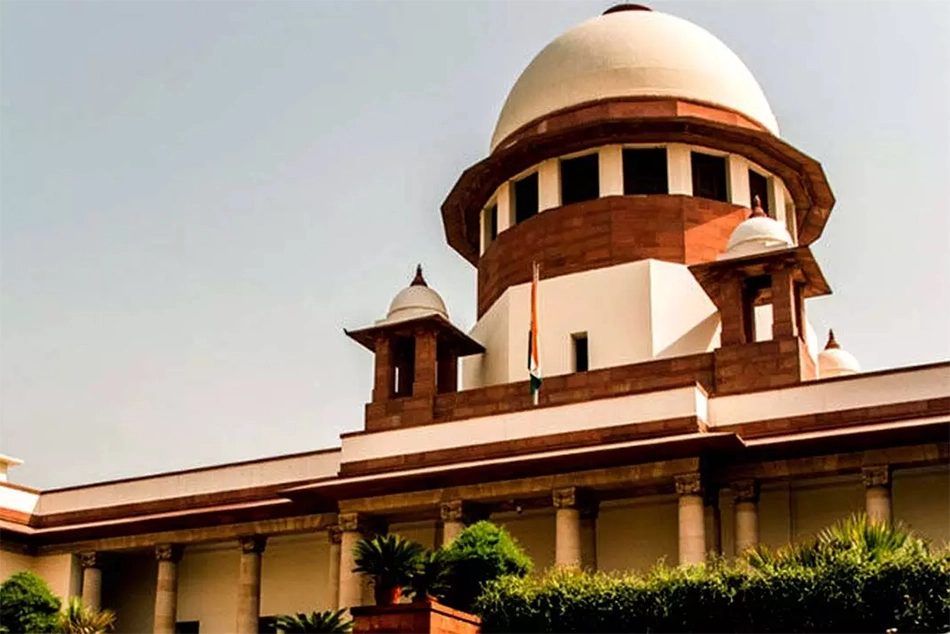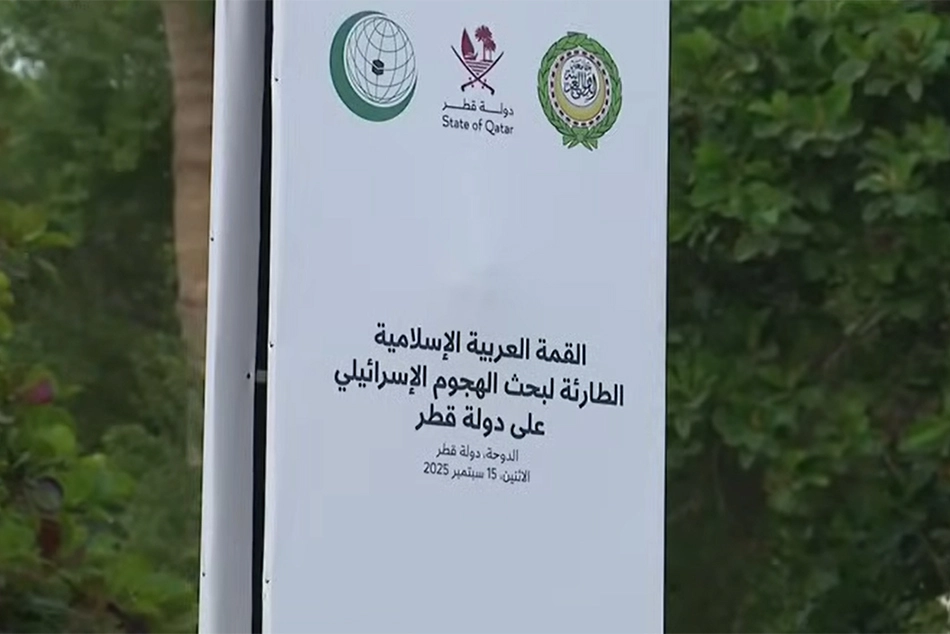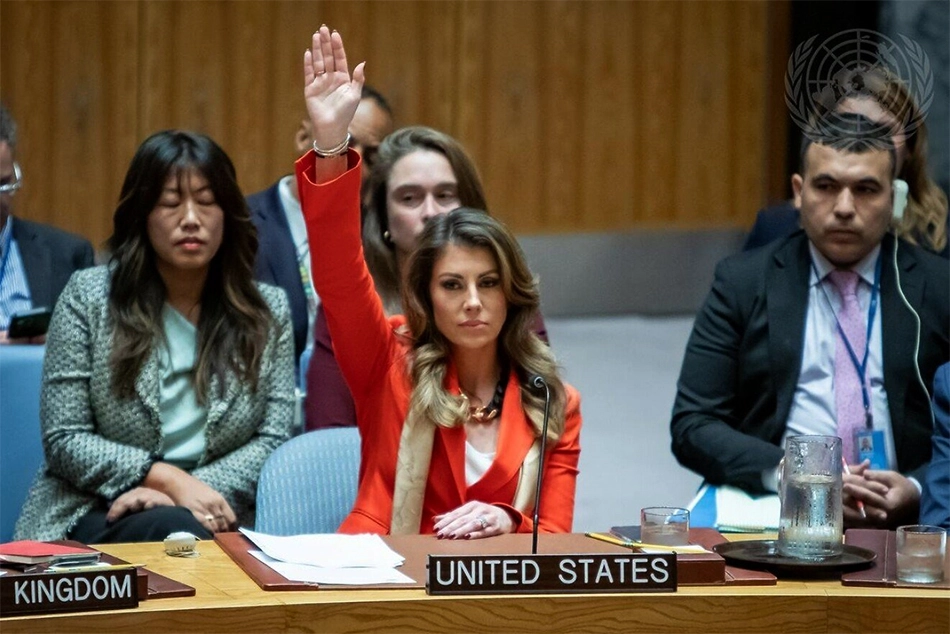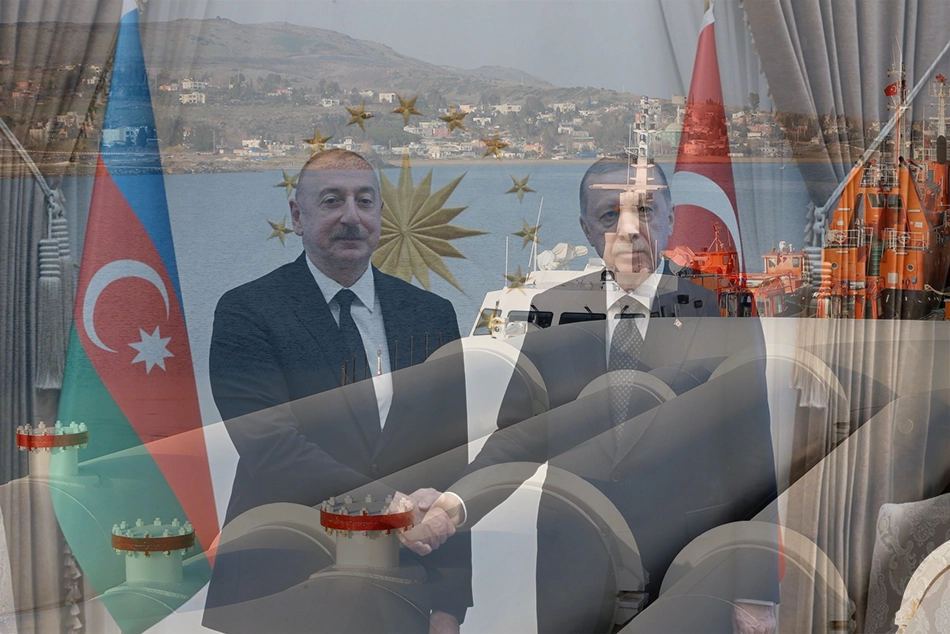
Explained: UNSC Snapback Mechanism in Iran's Context
One of the most powerful diplomatic tools ever planned in international relations, the Snapback Mechanism is an emergency brake added to the 2015 Joint Comprehensive Plan of Action (JCPOA) included in the UNSC Resolution 2231
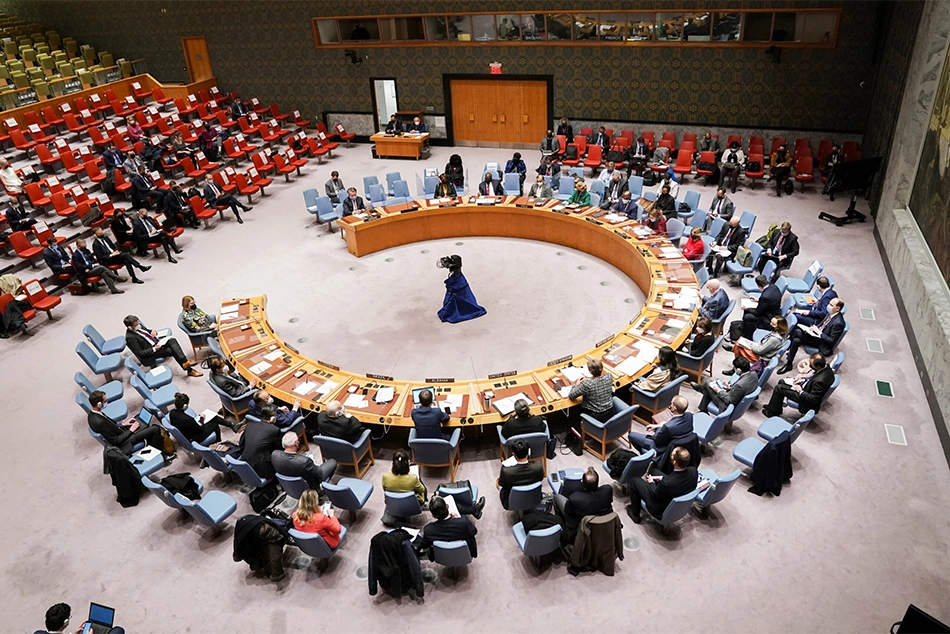
The United Nations Security Council (UNSC) Friday September 19, 2025 could not adopt the resolution blocking the economic sanctions on Iran over its nuclear programme.
The resolution moved by South Korea, the current president of the 15-member UN Security Council, did not get the support of the nine countries required to lift the series of sanctions from taking effect.
Four countries - Russia, China, Pakistan and Algeria, voted to stop the sanctions from being reintroduced, while nine UNSC members voted against sanctions relief. Two countries abstained.
The UNSC vote Friday follows a 30-day process launched in late August by Britain, France and Germany – known as the European Trio or E3, to reinstate sanctions unless Tehran meets their demands.
Iranian officials have accused the European Trio of abusing the dispute mechanism contained in the 2015 Treaty on the Non-Proliferation of Nuclear Weapons (NPT), which allows for the application of sanctions under a “snapback mechanism”.
What is Snapback Mechanism?
One of the most powerful diplomatic tools ever planned in international relations, the Snapback Mechanism is an emergency brake added to the 2015 Joint Comprehensive Plan of Action (JCPOA).
Included in the UNSC Resolution 2231, the Joint Comprehensive Plan of Action (JCPOA) was designed and proposed by Russian Foreign Minister Sergey Lavrov. Note: Russia is considered a “close ally” of Iran.
The resolution was unanimously adopted by the UNSC on July 20, 2015 with the support of all the 15 members of the Council.
The snapback mechanism allows for the swift re-imposition of United Nations sanctions against Iran if it violates its nuclear commitments.
How Snapback Mechanism Work?
Any of the current members of the JCPOA - France, UK, Germany, China, and Russia, can invoke the snapback mechanism if they claim Iran has violated the agreement.
The United States, having withdrawn from the JCPOA and re-imposed sanctions during Donald Trump’s presidency, has lost its political leverage to use the mechanism.
Four of the JCPOA member states that are permanent members of the UN Security Council can directly activate the mechanism. On the other hand, the United States can request its activation through other countries.
Germany, which is not a member of the Security Council, must seek activation through one of its permanent members.
In the first step, one or more JCPOA member states must send a letter to the UN Secretary-General and the president of the Security Council about Iran’s non-compliance with the terms of the agreement.
Once the letter is submitted, the president of the Security Council must inform the other members of the warning.
The Security Council has 10 days from the formal receipt of the letter to vote on a draft resolution regarding the continuation or termination of the suspension of Security Council sanctions on the Islamic Republic.
No Veto Power
No veto power exists, and the time frame is only 30 days.
In the Security Council’s vote on the resolution, veto power was removed following a proposal by Russia, meaning no country could block the draft resolution or prevent the return of sanctions on Iran using a veto.
If a country uses its veto, it would effectively veto the continuation of sanctions relief for Iran, leading to the immediate reimposition of UN Security Council sanctions on Iran’s nuclear program.
The continuation of sanctions relief can only be approved if nine votes in favor are achieved in the Security Council, with no permanent member vetoing it.
In this mechanism, even abstentions by members are considered votes in favor.
Given that at least one country with veto power has called for the return of sanctions, the reactivation of previous resolutions and the re-imposition of sanctions on Iran using snapback is guaranteed.
[With inputs from Iran Wire.]
Follow ummid.com WhatsApp Channel for all the latest updates.
Select Language to Translate in Urdu, Hindi, Marathi or Arabic
